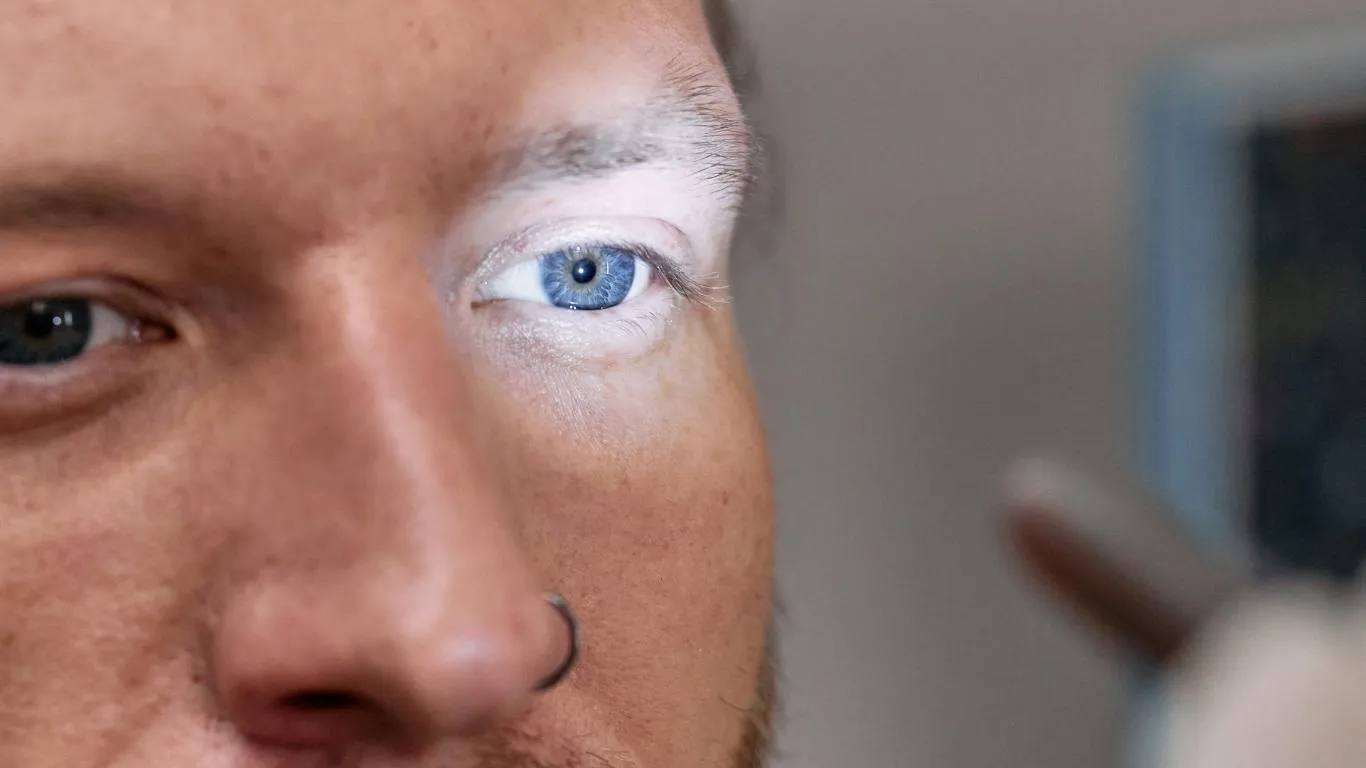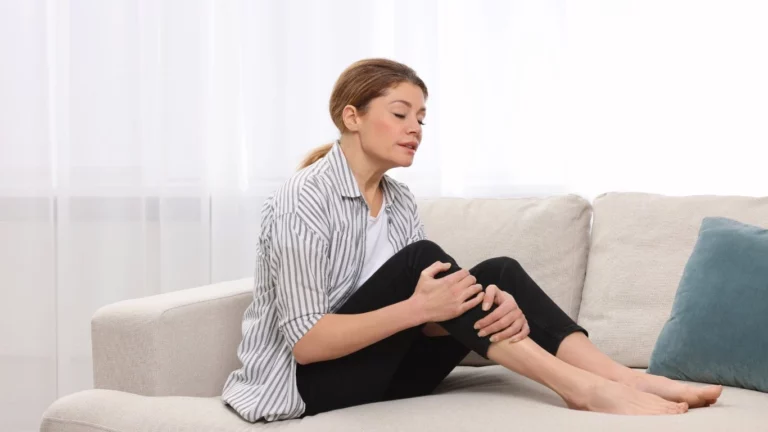Why Floaters Are More Frequent in Left-Eye Dominant People
If you’ve ever caught a glimpse of those odd little squiggles or transparent blobs floating across your vision — especially in just one eye — you’re not alone. I first noticed mine while driving one sunny afternoon. It was like a ghostly strand drifting around my left eye, and no matter how much I blinked, it danced just out of focus. What’s strange? It only ever happened on my dominant side — yep, I’m left-eye dominant. Turns out, there’s more to that than I thought.
Why Are Floaters Often Worse in One Eye?
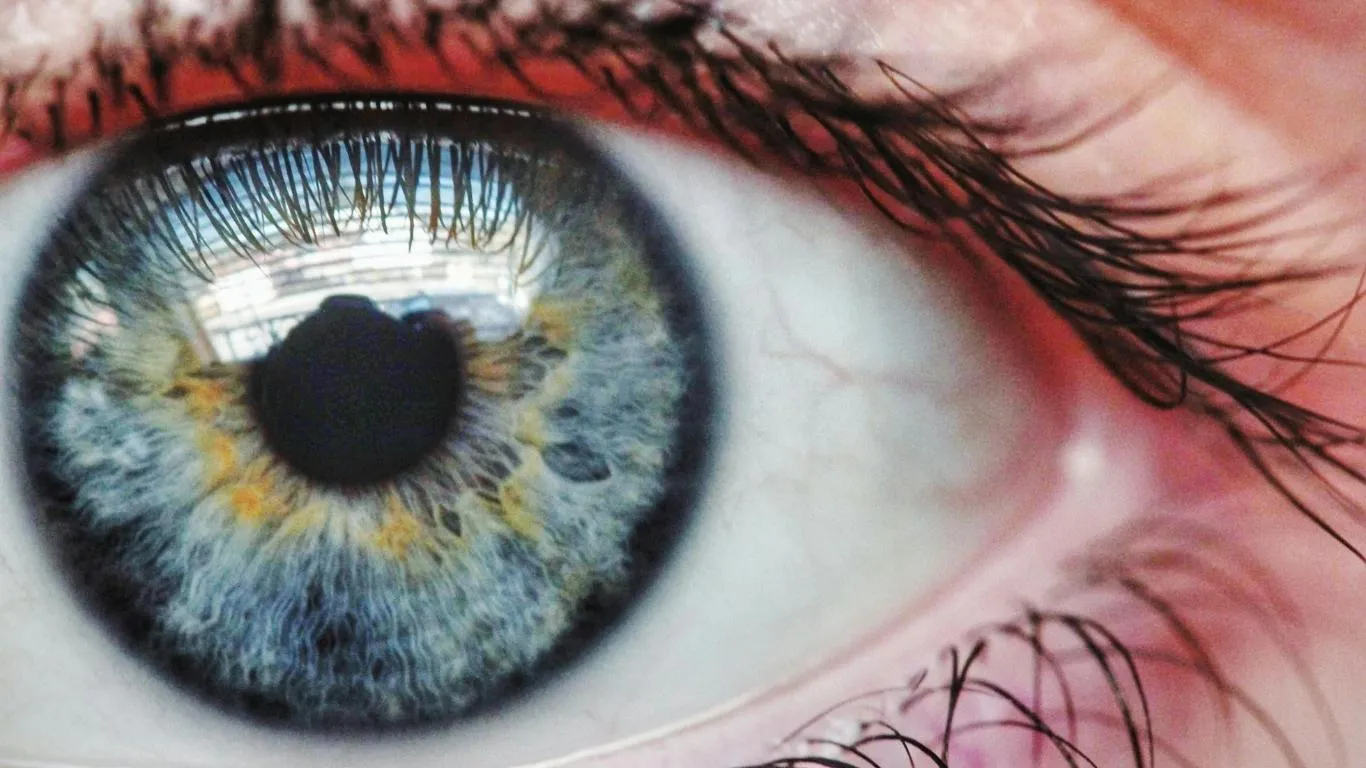
While floaters can show up in both eyes, they often appear more frequently or more noticeably in one. And for those of us who are left-eye dominant, it seems that eye takes the hit more often. But why?
What Is Eye Dominance?
Most people know whether they’re right- or left-handed, but eye dominance isn’t something we typically think about — even though it affects how we see the world. Left-eye dominant folks (like myself) rely more heavily on their left eye for tasks like focusing, aiming, or even simply scanning a screen. Over time, this constant use can put more strain on that eye’s internal structures, especially the vitreous — the gel-like substance where floaters live.
Strain & Overuse: A Real Connection
Using one eye more frequently can stress the vitreous humor. Over time, that gel starts to break down, clump, or shrink, casting shadows on the retina — which we see as floaters. That extra usage may explain why people like me spot more floaters in their left, dominant eye.
The Science Behind One-Eyed Floaters
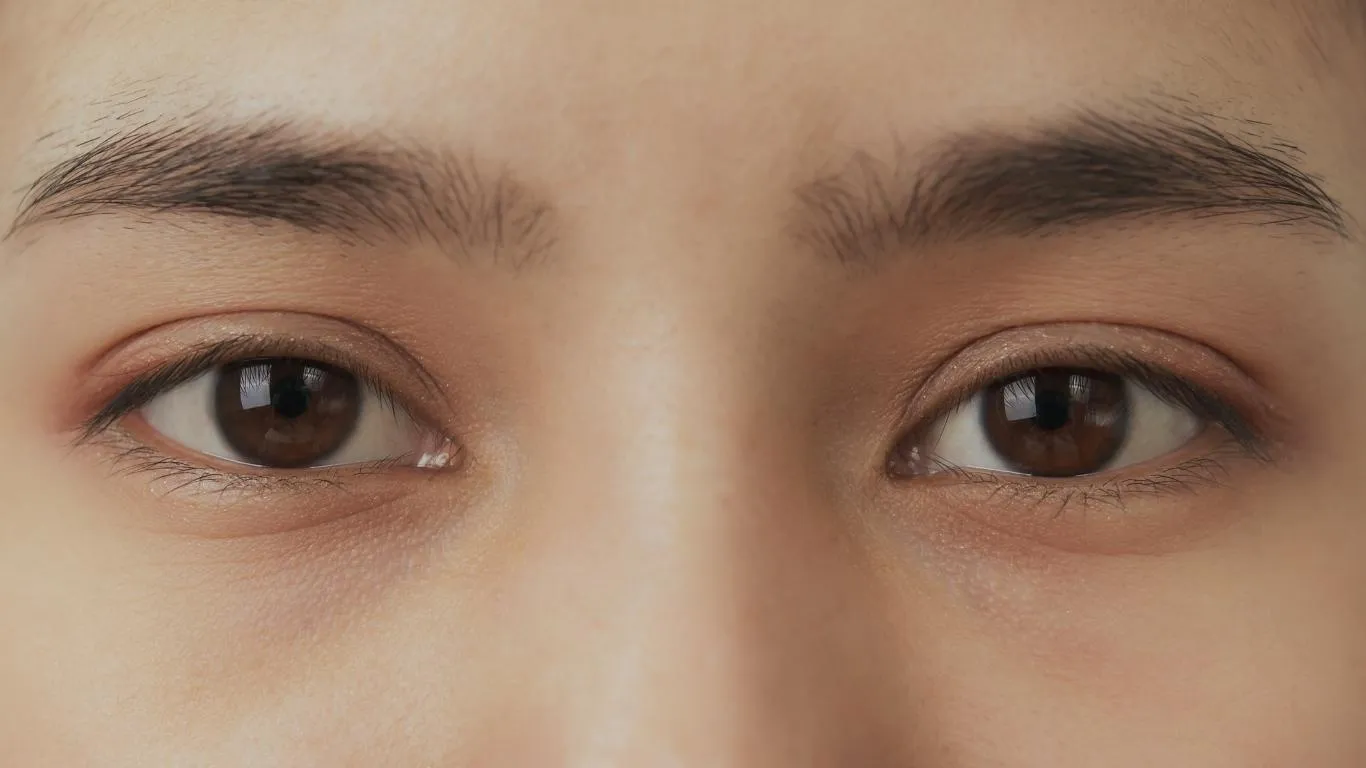
The Vitreous Breakdown
Floaters develop when collagen fibers within the vitreous gel begin to clump together. This is part of the natural aging process, but in dominant eyes — especially left ones in left-eye dominant people — this can happen sooner or be more noticeable.
- Constant focus on close-up tasks like reading or computer work increases wear and tear
- More light exposure from screen use or outdoor activity can amplify floater visibility
- Greater neural attention to the dominant eye can make floaters more perceptible
Why Left-Eye Dominance Matters
In left-eye dominant individuals, the visual processing is more tuned to signals coming from that eye. So even small changes — like early floater formation — get flagged by the brain more quickly. It’s not just about more floaters forming; it’s also about being more aware of them.
Real-Life Triggers That Make It Worse

Stress, Screens, and Sleep
I noticed a major spike in floaters after a week of late nights and back-to-back Zoom meetings. Turns out, I’m not alone. Lack of sleep, prolonged screen exposure, and even emotional stress have been shown to increase the frequency and visibility of floaters — especially for dominant eyes already under more load.
- Blue light exposure from screens may accelerate vitreous degeneration
- Fatigue reduces eye lubrication and increases strain
- Stress-induced eye pressure might worsen floaters for some people
Hormonal Shifts and Floaters
If you’ve ever felt like your floaters got worse during hormonal changes (like menopause or high-stress months), there’s something to it. Hormonal fluctuations can thin the vitreous, which again, makes dominant eyes more vulnerable. Here’s one article that dives into that connection in more depth.
Can Left-Eye Dominant People Prevent Floaters?
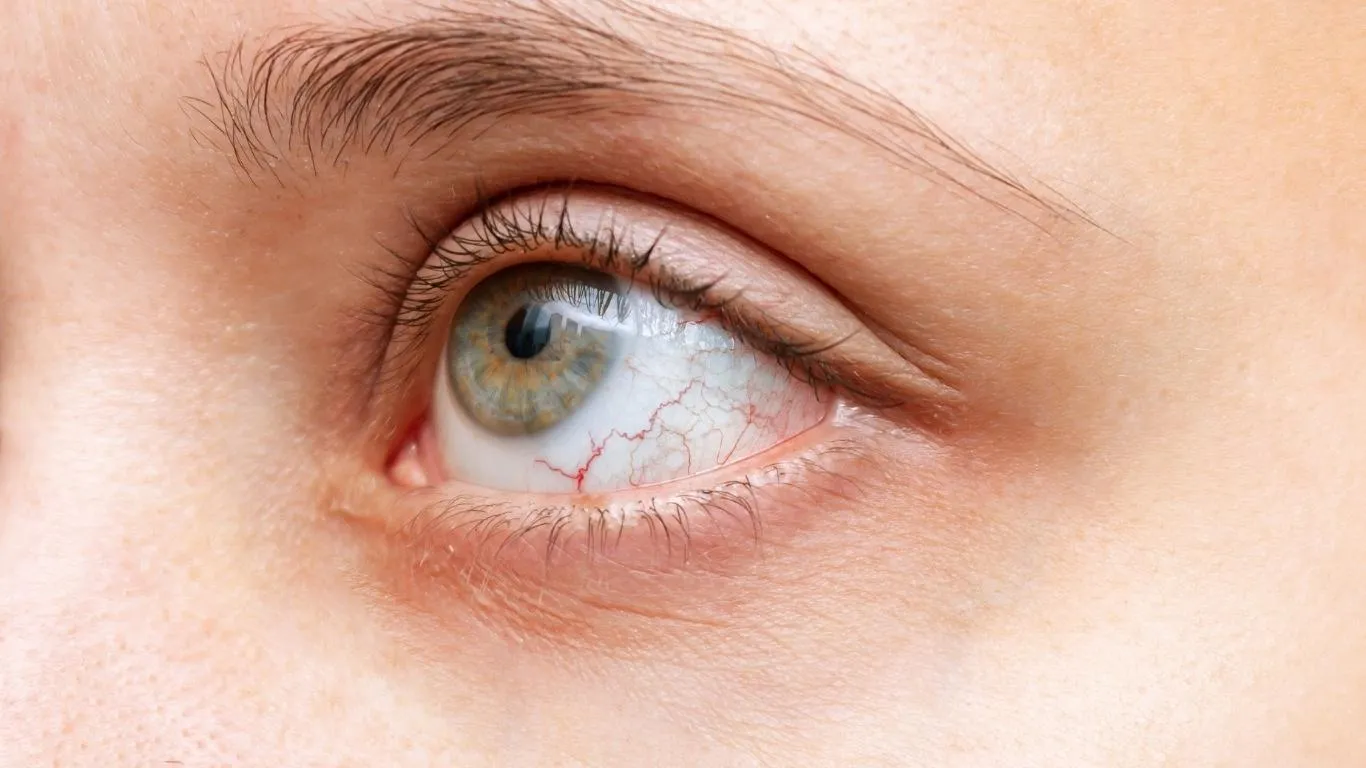
Prevention might be a strong word — floaters happen to all of us eventually. But I’ve found that being more mindful of eye health, especially for my dominant side, helps reduce how often I notice them.
Steps That Have Helped Me
- Hydration: Dehydration makes floaters worse. I noticed big improvements when I started drinking 2-3 liters a day. This explains why.
- Proper lighting: Working in natural light or soft ambient light helps reduce eye stress
- Regular screen breaks: I follow the 20-20-20 rule and it’s a game-changer
- Vision supplements: Lutein, vitamin C, and zinc might help maintain eye health — according to several studies and this recommended list
When to Be Concerned
Floaters in the left eye alone aren’t usually a red flag. But sudden bursts, flashes of light, or a curtain-like shadow could mean retinal detachment. That’s when it’s time to see an ophthalmologist ASAP. If you’re unsure how serious your floaters might be, the warning signs guide can help you sort it out quickly.
Also, if you’re seeing floaters following eye trauma or after procedures like LASIK, you might want to read the connection here.
For a full breakdown of floater causes, symptoms, and treatment options, check out the main explainer or this detailed pillar guide on common causes of floaters.
Medical Conditions That May Target the Dominant Eye
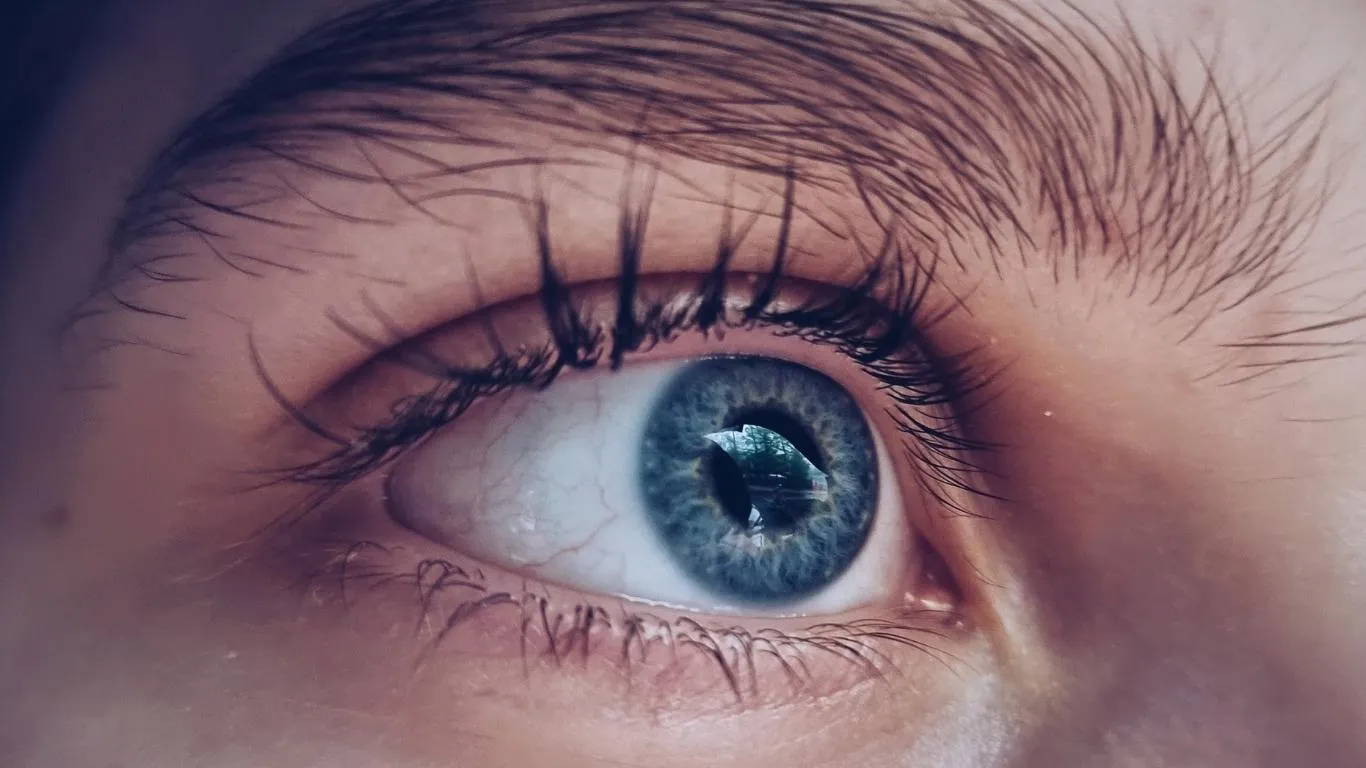
One thing I didn’t expect when researching floaters was how often underlying conditions quietly affect just one eye — especially the dominant one. I’d shrugged mine off as just “normal aging stuff,” but an exam revealed mild signs of posterior vitreous detachment — more pronounced in my left eye. Apparently, that’s pretty common.
Posterior Vitreous Detachment (PVD)
This happens when the vitreous gel pulls away from the retina. It’s not necessarily dangerous, but in left-eye dominant people, it often appears first or more prominently in that eye — likely due to more stress, light input, or neurological attention. For a deeper dive, this PVD overview helped me understand what’s actually happening inside the eye.
Eye Injuries and Floaters
If you’re left-eye dominant, chances are that eye leads more — whether in sports, driving, or reacting quickly. That might make it more prone to trauma or micro-injuries. Even something like a minor bump or strain can result in floater formation. Read how sports injuries can increase floater risk — especially in one eye.
Other Conditions That Favor One Eye
- Retinal tears can begin subtly in the dominant eye
- Diabetic eye changes sometimes develop asymmetrically
- Autoimmune disorders can cause floaters only in one eye initially
Left-Eye Dominance and Brain Perception
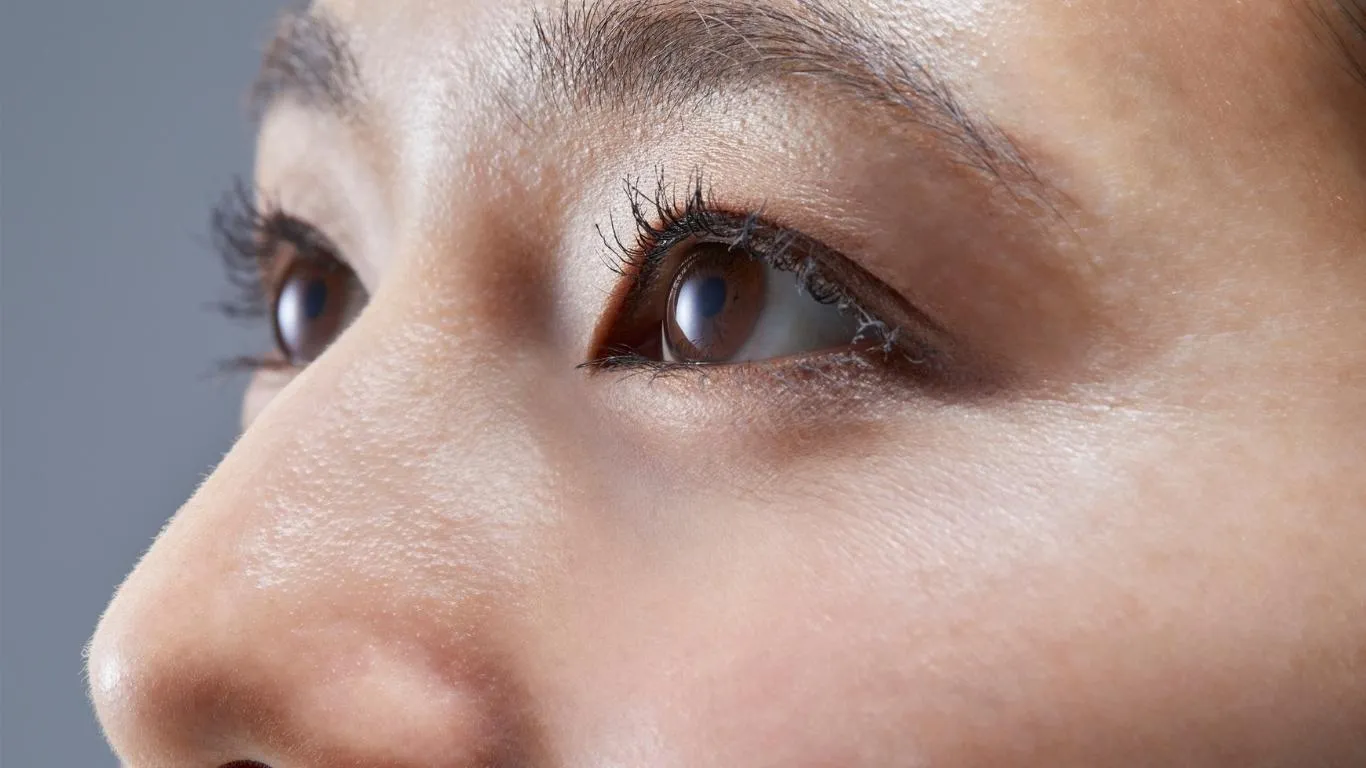
This one really blew my mind: the brain doesn’t treat both eyes equally. Left-eye dominant people have visual cortex patterns that prioritize and amplify signals from the left. So when a floater forms, your brain is more likely to notice it — and obsess over it.
Floaters and Attention Bias
Because your dominant eye sends more prioritized visual signals to the brain, even a small, harmless floater can feel magnified. You may even start tracking it more consciously. It becomes this annoying “presence” you can’t ignore. That’s not hypochondria — it’s how your vision system is wired.
As an interesting read, this NCBI study outlines the way visual dominance affects neurological processing. It helped me better understand why my left eye floaters were so distracting while the right ones felt practically invisible.
When Floaters Impact Daily Life
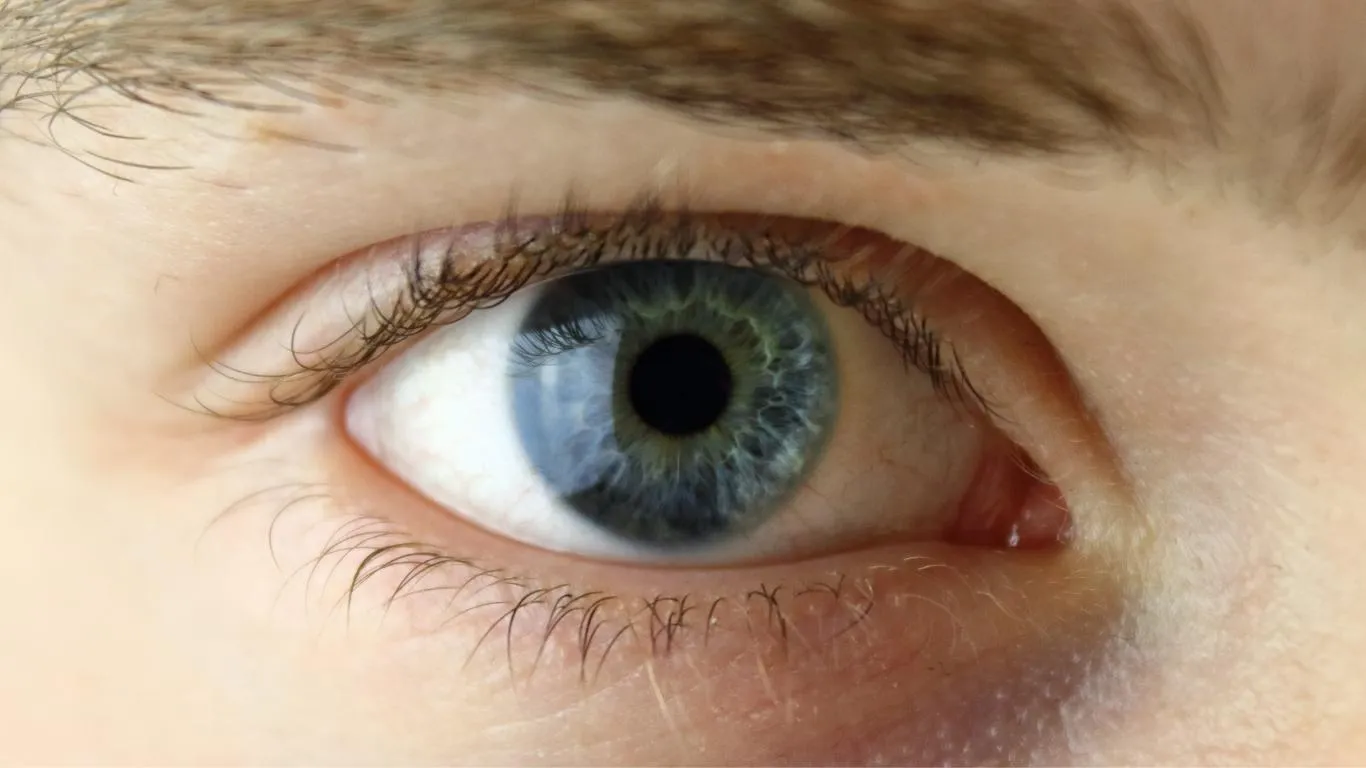
Not all floaters are just “background noise.” Mine made it harder to read, concentrate, and even feel confident while driving. If your left-eye is dominant and plagued by floaters, the effect can be disproportionately disruptive — because your brain depends on that input more.
How It Affects Productivity
- Words on a page appear to shimmer or blur
- Screen fatigue sets in faster due to visual noise
- Reading comprehension and focus decline
Many people silently deal with this, assuming it’s minor. But I’ve talked to others with left-eye dominance and persistent floaters — and it’s surprisingly common to struggle quietly. This piece on floater impact in your 40s really resonates if you’ve felt the same way.
Do Floaters Fade or Stick Around?

Some of mine eventually faded — or I just got used to them. Others are still tagging along. That’s pretty normal. For left-eye dominant folks, floaters may seem more persistent simply because we’re more attuned to changes on that side.
What Helps Over Time
While there’s no miracle cure, several approaches have helped ease my discomfort:
- Eye exercises that improve fluid movement and focus reset
- Hydration + anti-inflammatory foods to support eye health
- Lubricating eye drops (some anecdotal benefit)
- Tracking changes to monitor if it’s progressing or stabilizing
Treatment Options If It Gets Too Much
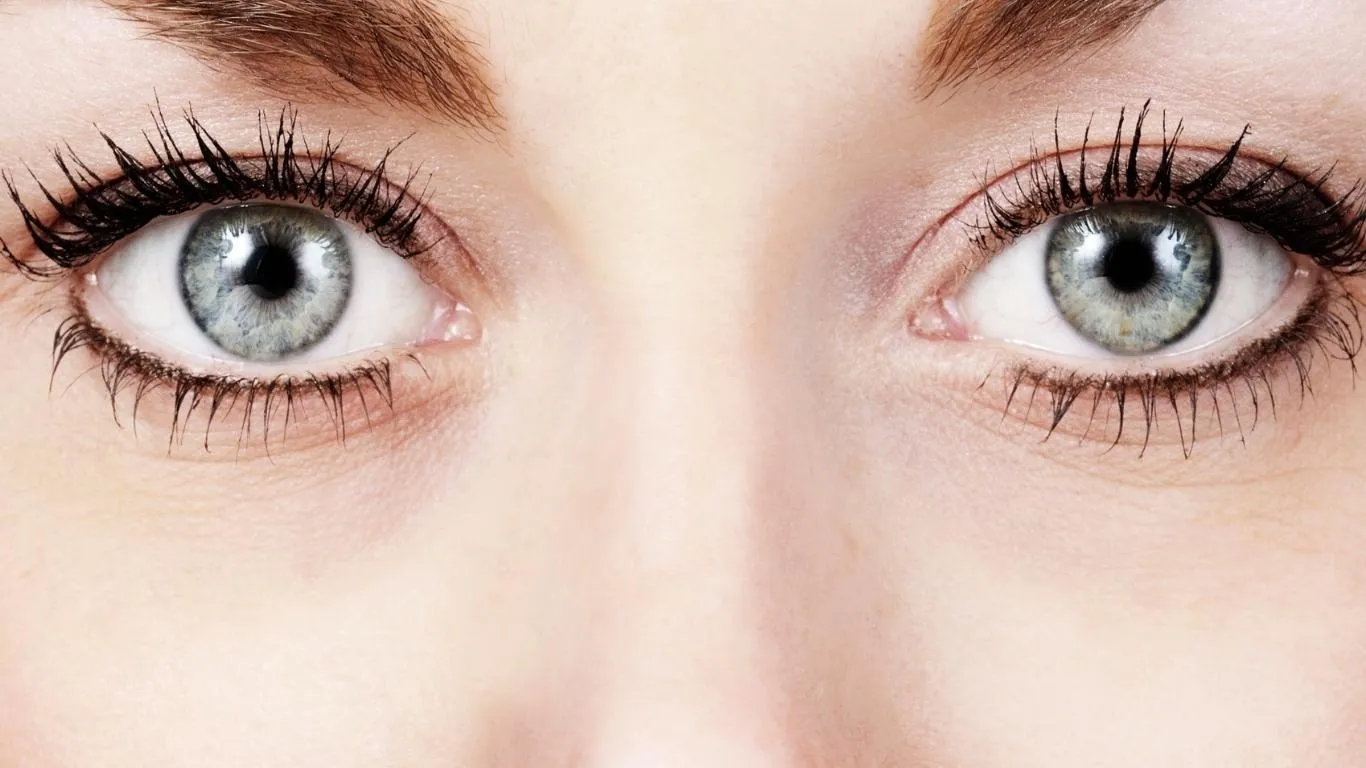
For most people, floaters are just an annoyance. But if they’re impacting your daily life — especially in your dominant eye — you’ve got options.
Laser Vitreolysis
This non-invasive procedure uses a laser to break up large floaters. It doesn’t eliminate all of them but can improve visual comfort. Discuss risks and benefits thoroughly with a specialist first. Many patients with floaters in their dominant eye report meaningful relief.
Vitrectomy
This is a more serious, surgical option where the vitreous gel is removed and replaced. It’s generally reserved for severe cases, and not without risk — but in some cases, it’s life-changing. Learn more about surgical options in this comprehensive treatment guide.
Are Supplements Worth It?
I was skeptical at first, but after taking a lutein-rich supplement for 4 months, I noticed less floater activity — or maybe less irritation from them. Research on this is mixed, but it’s worth discussing with an eye care provider. You can also check this review of collagen-based supplements that support vitreous structure.
Don’t Ignore New or Sudden Floaters
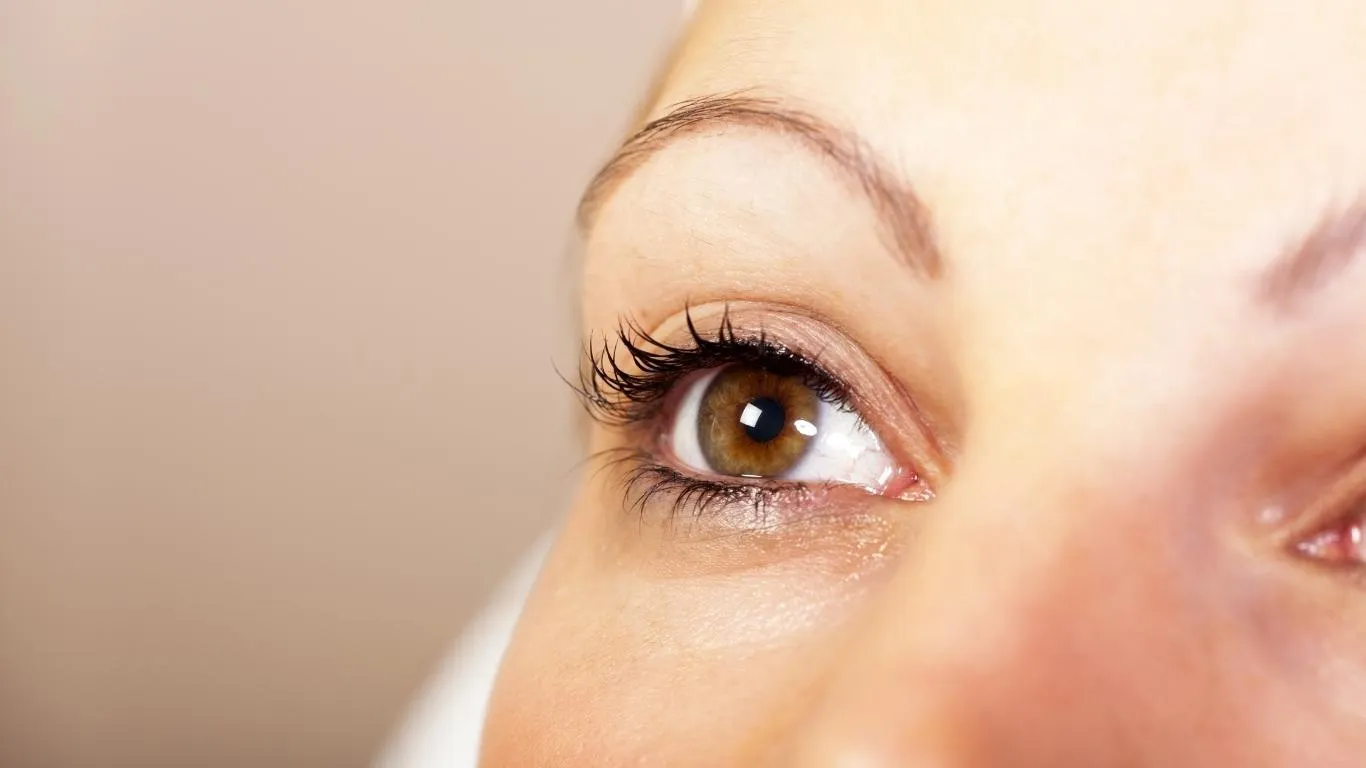
If a flurry of new floaters appears suddenly — especially with flashes or side vision loss — get seen immediately. It could be a retinal tear or detachment, which is sight-threatening. The dominant eye is often your “lead” sensor, so noticing sudden floaters here can be critical. Here’s a helpful warning checklist: signs of retinal trouble.
Want the full overview of what floaters are, why they happen, and how to manage them long term? Check out the definitive floater explainer and this breakdown of how they differ from other eye problems.

Camellia Wulansari is a dedicated Medical Assistant at a local clinic and a passionate health writer at Healthusias.com. With years of hands-on experience in patient care and a deep interest in preventive medicine, she bridges the gap between clinical knowledge and accessible health information. Camellia specializes in writing about digestive health, chronic conditions like GERD and hypertension, respiratory issues, and autoimmune diseases, aiming to empower readers with practical, easy-to-understand insights. When she’s not assisting patients or writing, you’ll find her enjoying quiet mornings with coffee and a medical journal in hand—or jamming to her favorite metal band, Lamb of God.
